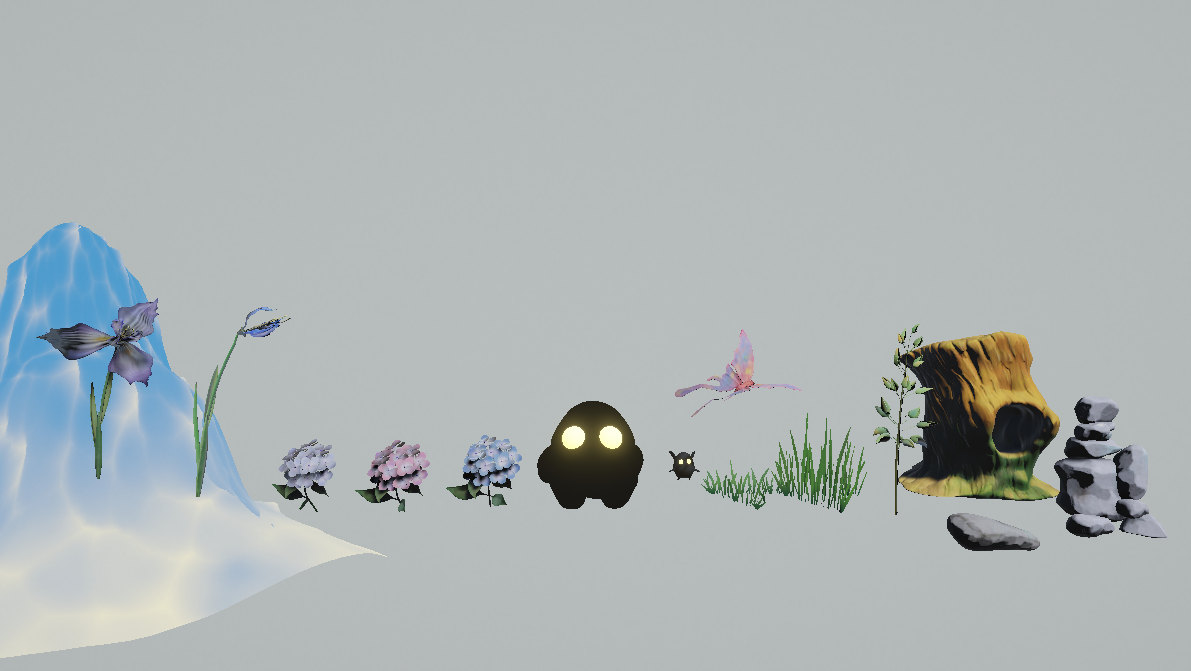Jam 2.0 Findings
We compared the pre-survey to the post-survey and got really great feedback! Not only did the mental barrier decreased, we were so happy that many jammers felt inspired to create things that are ambitious and beyond what we initially imagined! That’s the best dream a toolkit project could have, right?

Code Freeze
This is the final week of the semester. The first and foremost thing to do is setup a time for code freeze, so that our workaholic team members won’t continue pushing updates until the semester ended. (That was the plan, but we continued to push even after finals haha).
UI Pass
A good toolkit requires good UI. This week, Yingjie created the final UI via UXML and USS (HTML and CSS in Unity terms), with the icons Mia designed for every feature in the toolkit, and we have the following updated UI!
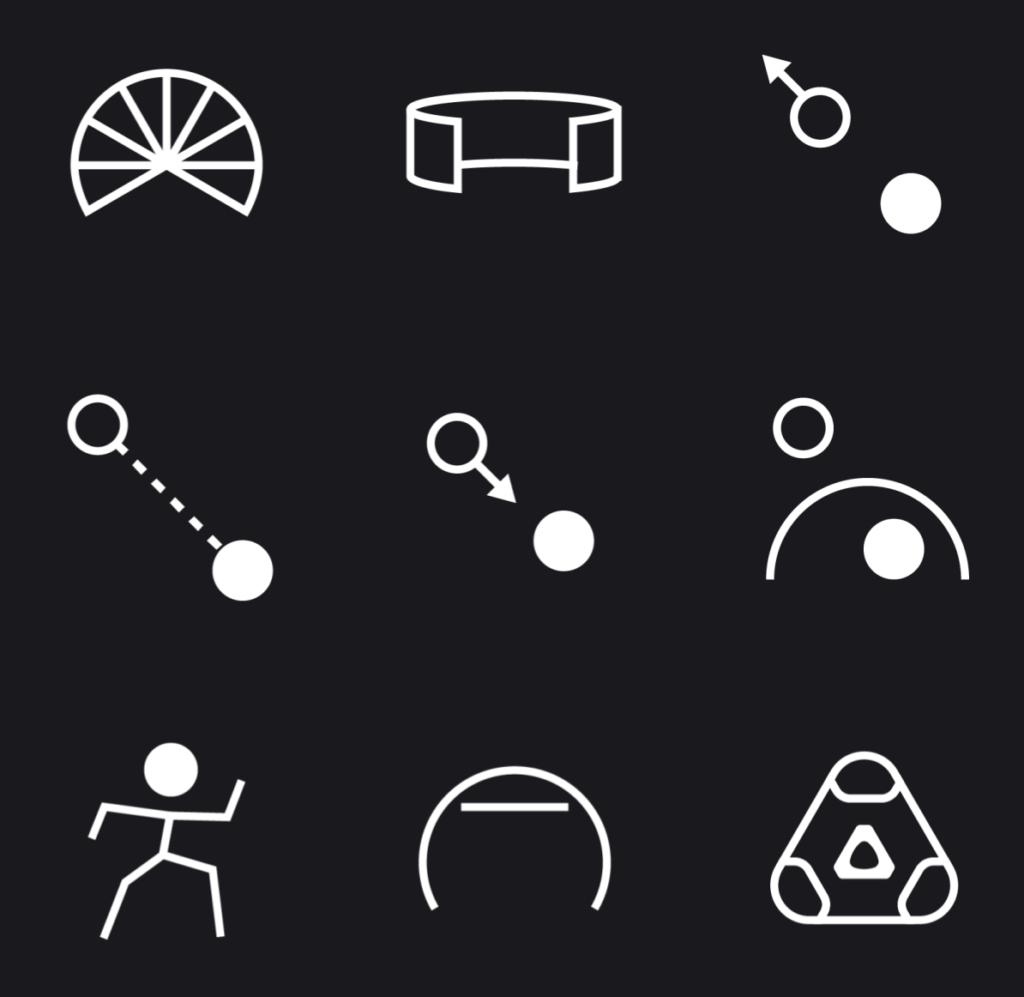


And even for the interaction building blocks!

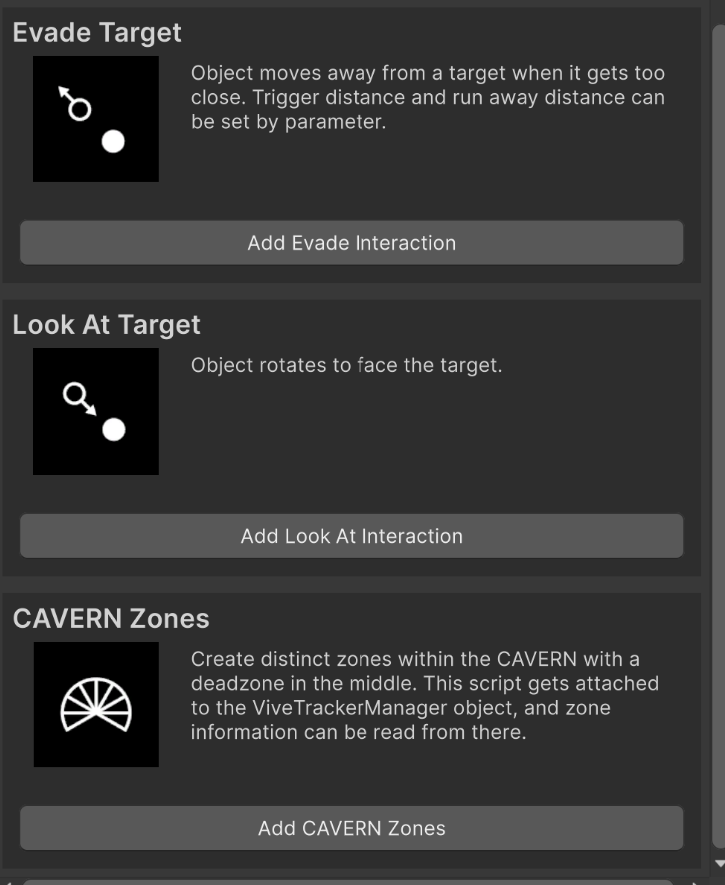
Starter, Tester, and Sample Scenes
Starter scene

Tester scene

Sample scene
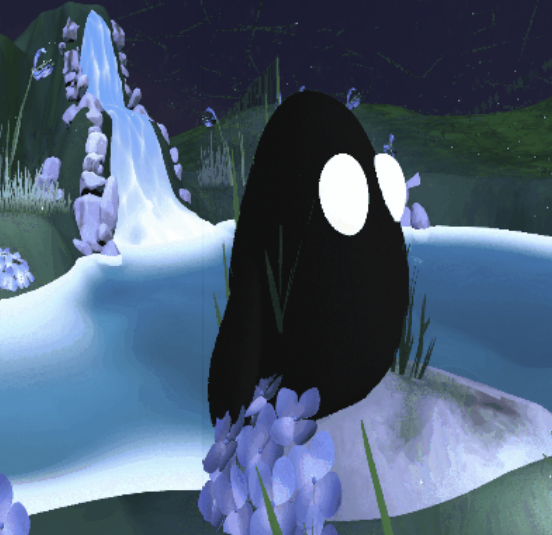
- Starter Scene: Apart from the Sample scene we have iterated and tested upon, from the feedback during CAVERN Jam 2.0, we realized an empty starter scene would lower the cognitive barrier of starting a CAVERN project.
- Tester Scene: On the other hand, tester scenes help with testing various features, such as Vive Tracker calibration, head tracking pillars to check perspectives, color and font testing, scenes, etc.
- Sample Scene: Finally, the sample scenes were cleaned up and moved from Perforce onto GitHub, so it can be imported in the package.
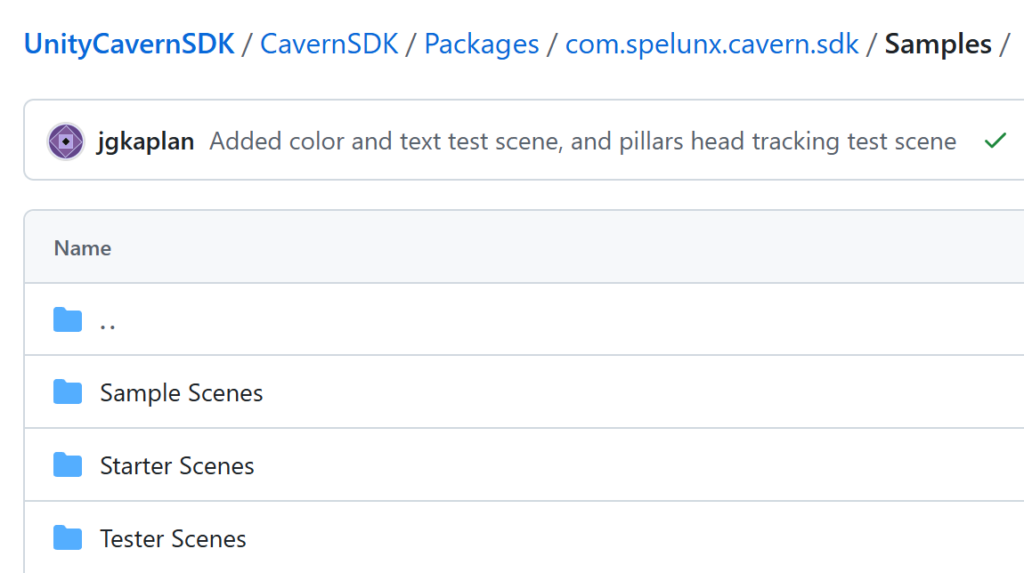
Final Video
We also recorded the final video that would be promotional on the ETC website.
Art Best Practices
This week, the artists compiled a list of best practices they have discovered throughout the semester, and added them into the user documentation. Here are some crucial ones:
- Materials with emission looks appealing in CAVERN.
- CAVERN is dark, so prioritizing visibility is crucial. e.g. increasing light frequency.
- Stylized and high contrasted materials work much better than hyper-realistic granular details.
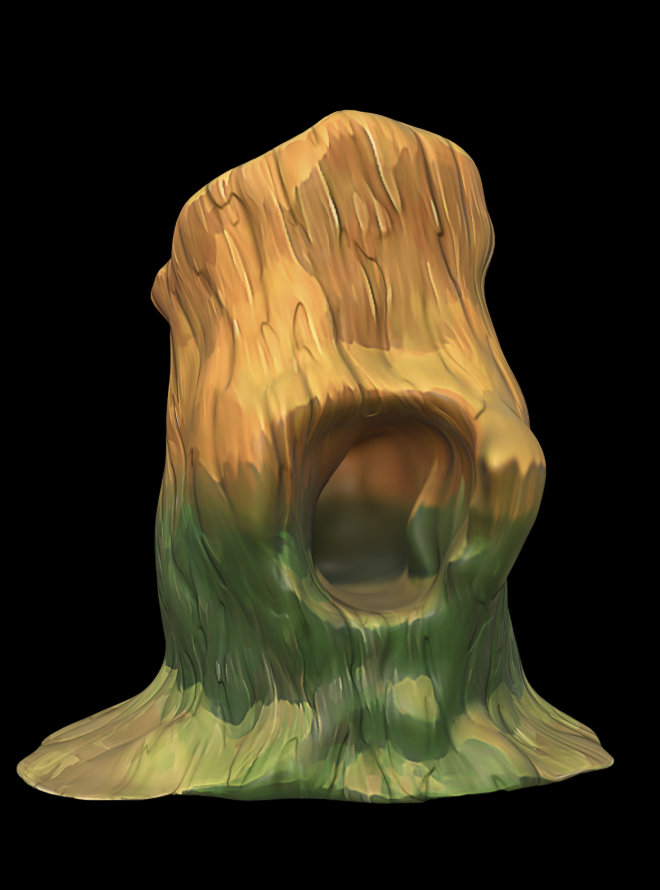
Works well in CAVERN

Not so obvious in CAVERN
- Range of motion of animations should be exaggerated and slowed. First to increase presence in a really immersive space, the second to avoid motion sickness.
- Small VFX items look very good in CAVERN.
- Object placement that goes in and out of CAVERN emphasizes the magic of blending physical and digital worlds. Testing between near and far items is also a good place to start experimenting.

Within vs. outside

Near vs Far
- Post-processing is currently not supported.
There are still many other points, and they are all well-documented in the user documentation.
The end…. almost!
The final week of the semester, everyone’s busy with elective final preparations, and also pushing the final updates and creating content for the presentation. Stay tuned for the post mortem and final presentation recap in the next week!

